No products in the cart.








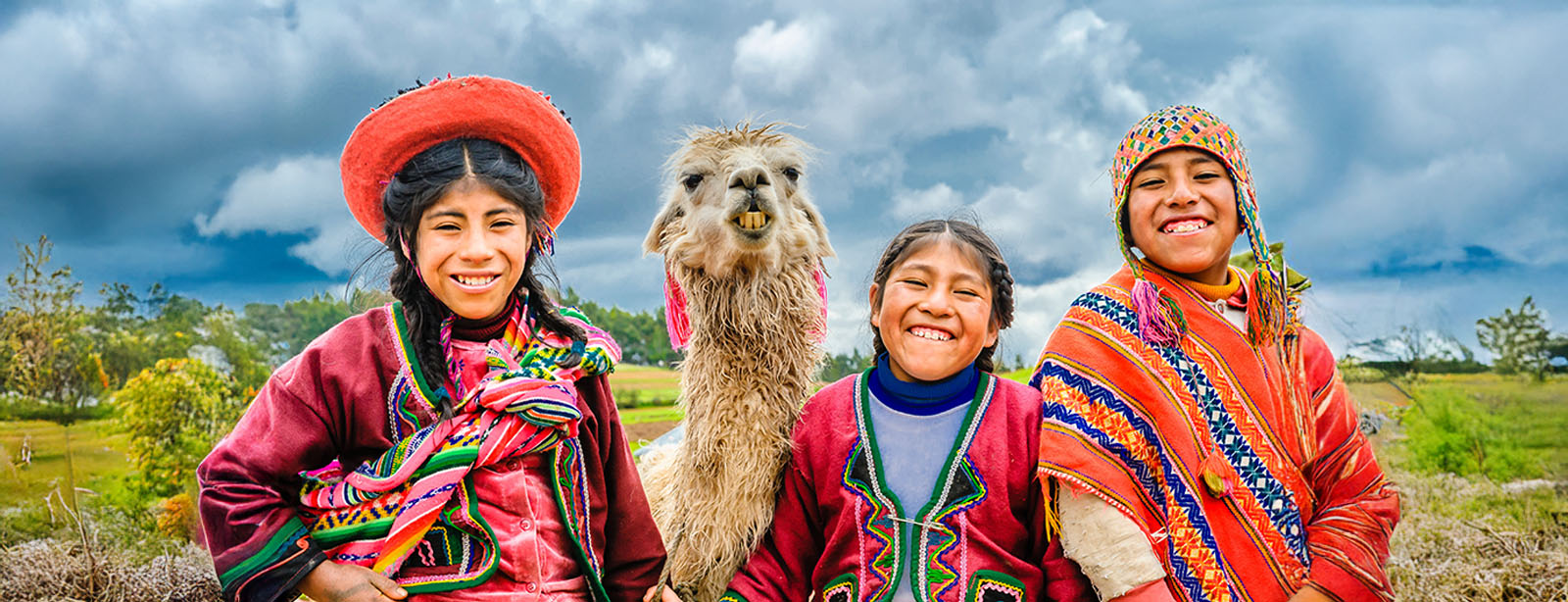
Words | Filipa Araújo
Before the read
Discover how community based tourism reshapes visits and honors Quechua traditions.
Learn how women artisans and local villagers lead sustainable, reciprocal tours.
See why 2023 onward emphasizes reciprocity, culture, and lasting benefits for families.
Before the read
Discover how community based tourism reshapes visits and honors Quechua traditions.
Learn how women artisans and local villagers lead sustainable, reciprocal tours.
See why 2023 onward emphasizes reciprocity, culture, and lasting benefits for families.
With the undeniable boom of tourism and the consequent exploitation of land and indigenous communities comes the big question: How can we develop the travel industry while maintaining the soul of a place, respecting cultural heritage, and strengthening the community?
Forget tourist traps that feed a cycle of consumerism and exploitation. In 2023 we are celebrating authenticity, and we are choosing reciprocity.
In the Sacred Valley in Peru, social enterprises like Awamaki are reshaping what meaningful travel looks like. By offering community-based tourism experiences led by local Quechua women, Awamaki allows travelers to engage with Peru’s rich traditions in a way that is respectful and reciprocal. These experiences offer a deeper connection to place—one that only comes from a vision rooted in the land itself.
Have you ever wondered how the indigenous Quechua community lives? The different tourism programs at Awamaki allow you to experience the Sacred Valley in Peru like you never have before… from an insider’s perspective.
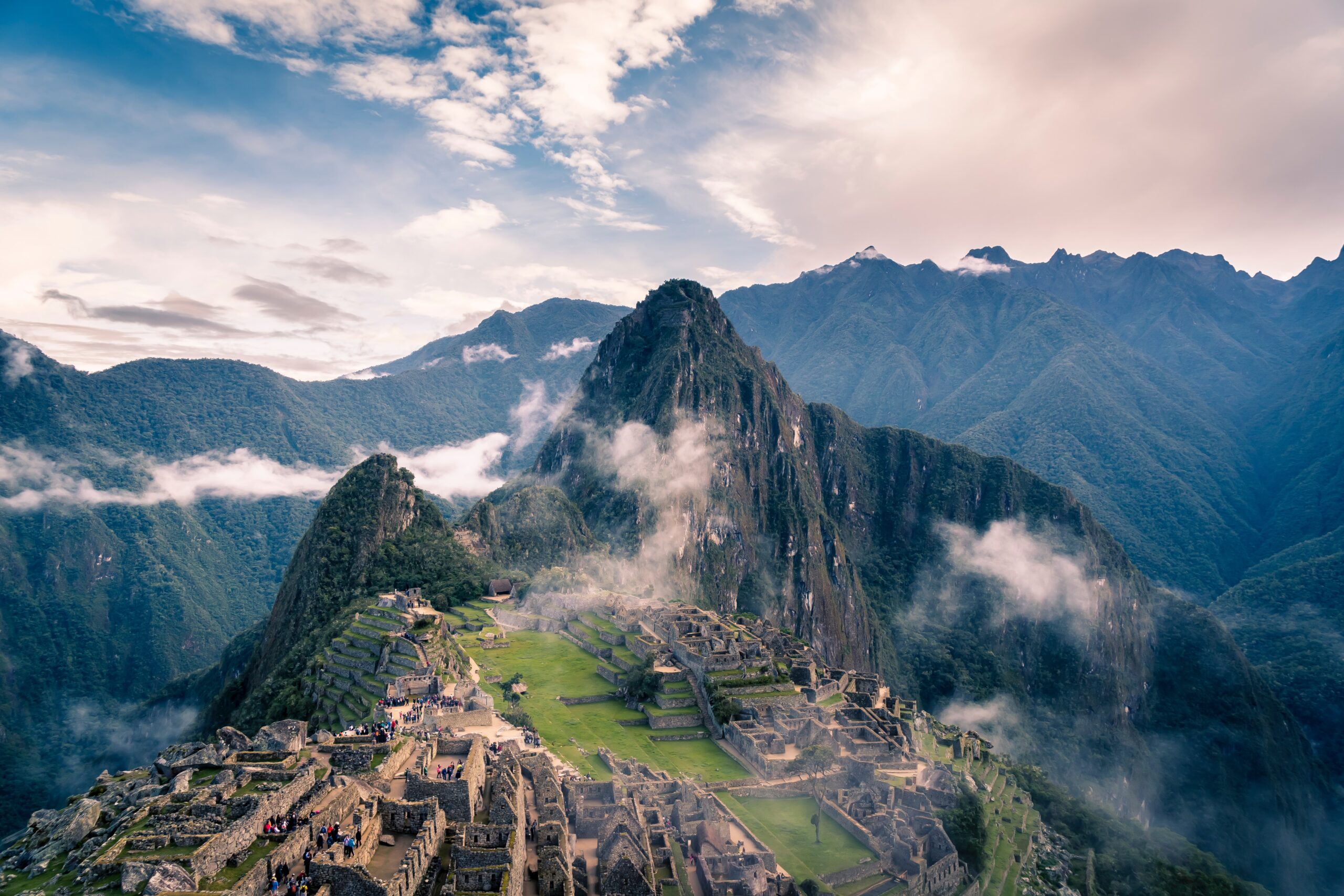

Awamaki’s goal is to empower the women in Quechua communities through tourism, providing them with new economic opportunities and offering training skills to allow these women to build a sustainable financial source that is based on their knowledge and skills so that they can support themselves and their families while honoring cultural traditions.
As a community-based business, Awamaki partners and collaborates with Quechua Artisans in the Patacancha Valley, an isolated, steep mountainous region adjacent to the town of Ollantaytambo in the Sacred Valley. Together, they create sustainable grassroots programs that benefit the community.
The organization is built on three main values: Thoughtful, Community, and Reciprocity. On their website, Awamaki explains the core of their work: “We care deeply about cultivating relationships built on mutual respect, honesty, and authenticity. Collaborating with and supporting women artisans in starting their own small businesses is at the heart of what we do. Our success is intertwined with the success of their businesses, and every decision we make is rooted in creating opportunities for knowledge exchange and growth. Because when women flourish, communities do too.”
Awamaki has two types of programs. The Artisan cooperatives where they provide skills training and market access to the hard-working women in the community. Together, they create designs that are contemporary and stylish while still traditionally rooted. An effortless blend between old and new. They currently have an online store and a physical store in Ollantaytambo, where you can find their beautiful creations.
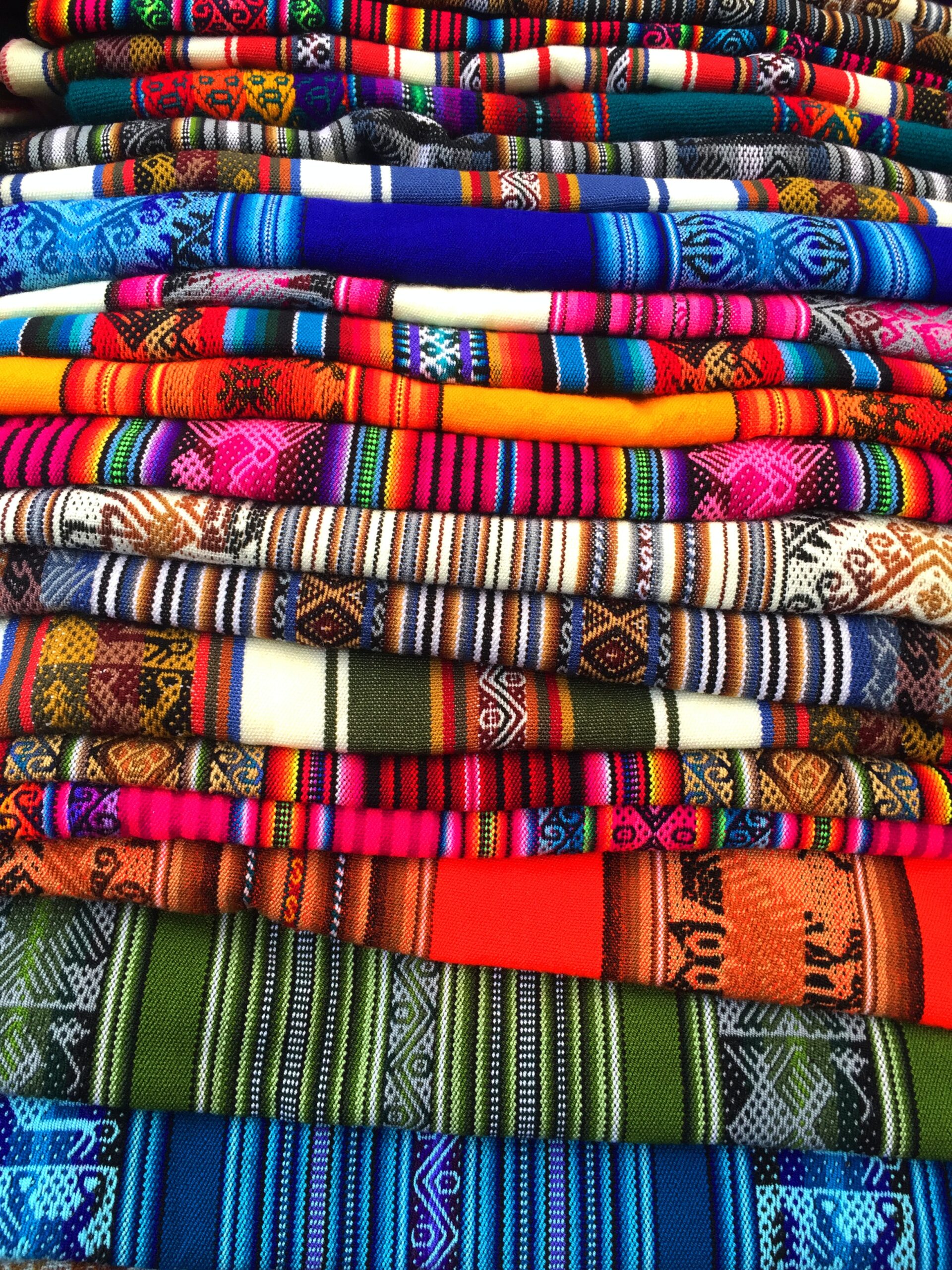
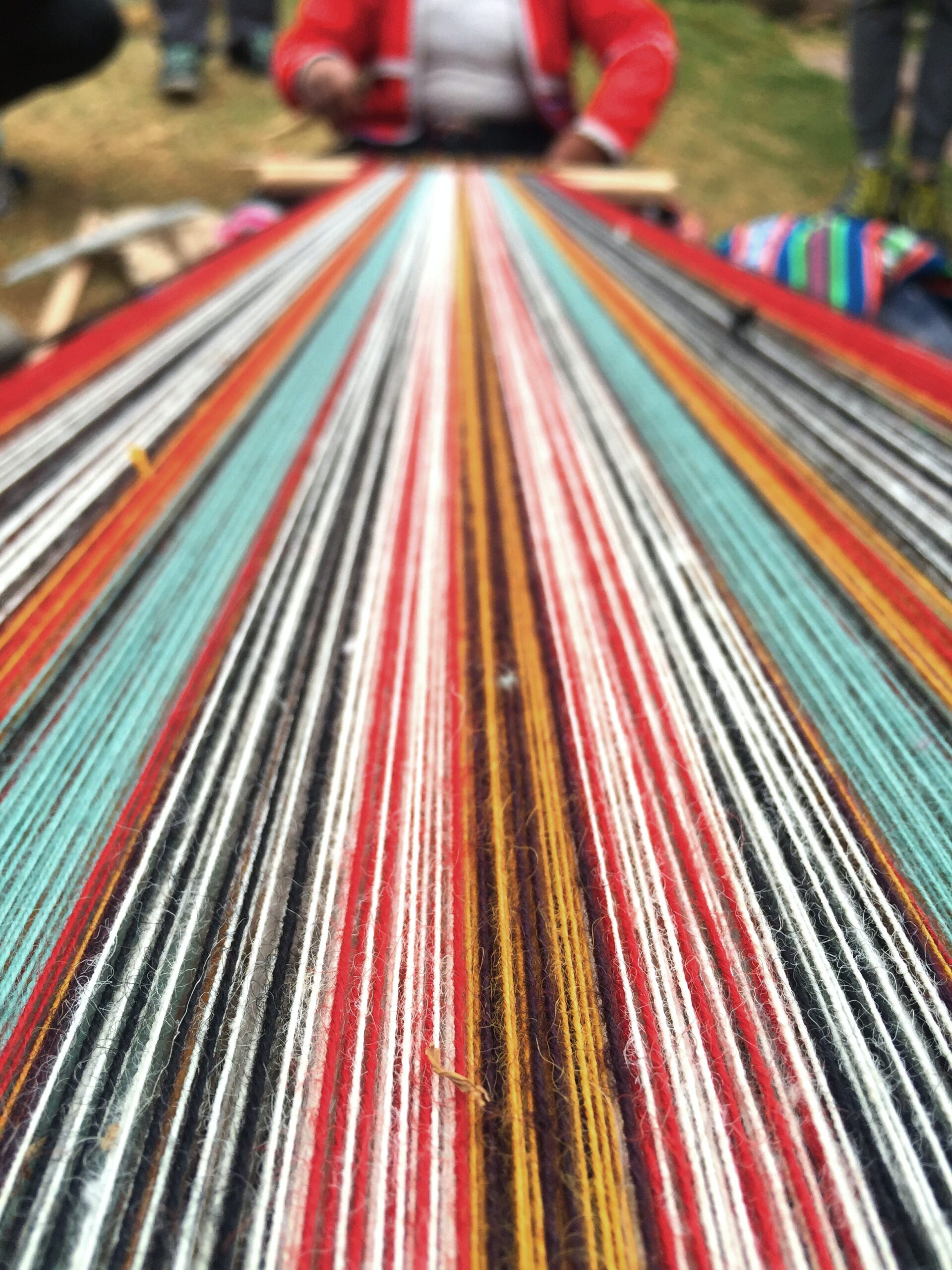
The sustainable tourism program offers unique travel experiences based on cultural respect and sustainability and provides a local experience of life in the Peruvian Andes. Depending on what you’re looking for, several experiences are at your disposal. Discover the Sacred Valley at the hands of local villagers, travel back in time as you explore ancient Inca ruins, and prepare to be blown away by the magnificent scenery as you trek through the Andean mountains. You will have the opportunity to learn about Andean culture, connect with locals, experience how indigenous communities live and marvel your sight with their textile markets. For an even deeper dive into the Quechua community lifestyle, you can also spend the night in the village and participate in their traditional ceremonies, learn how to weave, and enjoy a cooking class of traditional dishes.
The communities organize these visits, along with the support of Awamaki. This way, the communities can benefit directly from tourism without compromising their traditional values and allowing visitors to have an even more memorable and deeply personal experience. For Awamaki, sustainable tourism is the way forward. Their website reinforces the importance of these kinds of programs in place, “Sustainable tourism also strengthens appreciation for the cultural heritage and environment of the destination community. Rather than undermining cultural practices, sustainable tourism respectfully elevates and values local traditions. For example, in the communities where Awamaki works, sustainable tourism offers women the opportunity to earn an income by sharing their deep knowledge of weaving and fiber arts instead of working in a hotel or a job in a nearby city that is removed from their community.”
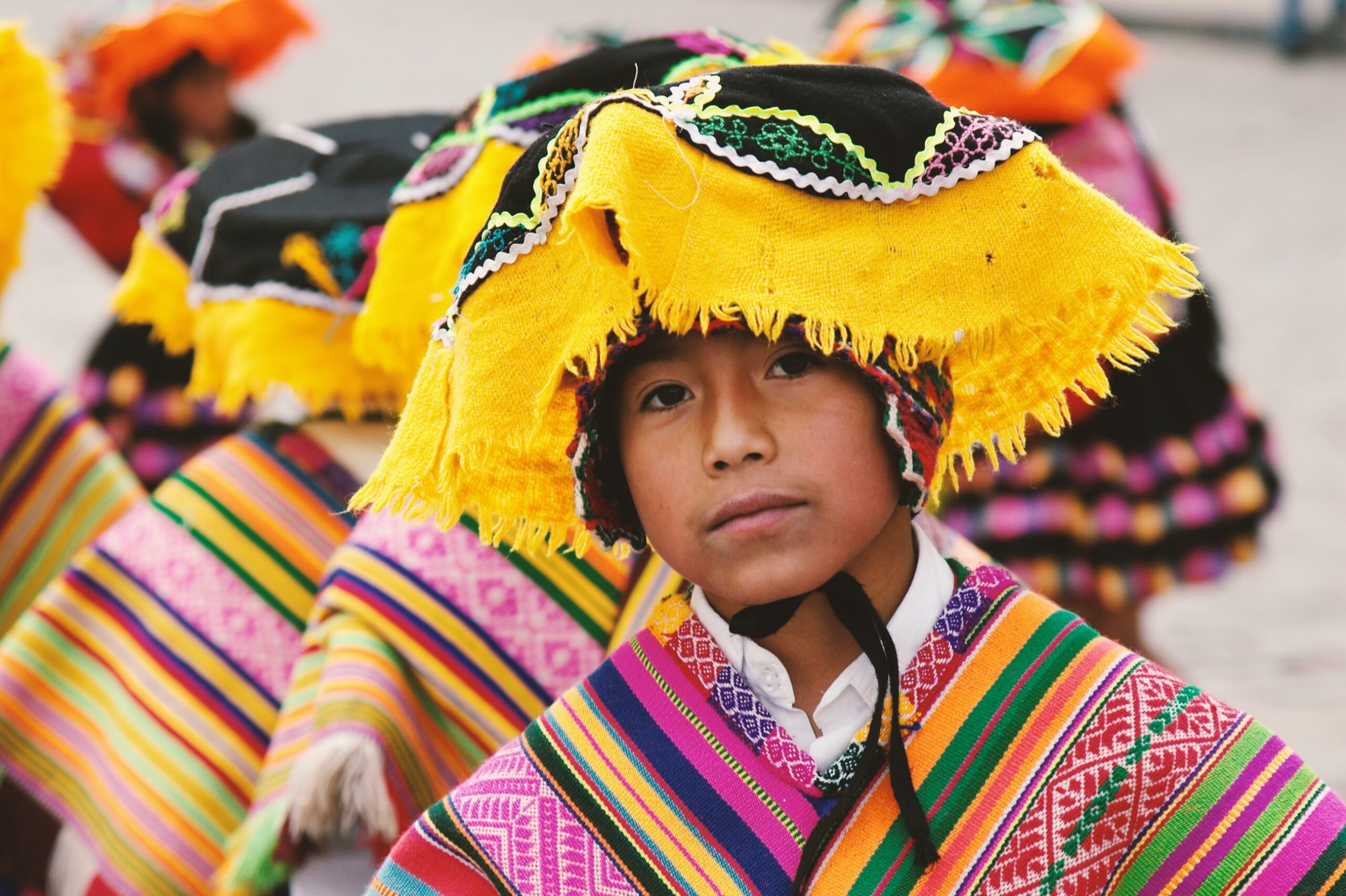
The Patacancha Valley has been the home of Quechua communities for centuries. Originally settled in the sky-scratching Andean Mountains to escape the Spanish conquest, they have lived a separate life from the rest of Peru until relatively recently. About 30 years ago, they gained more access to the economy, education, and basic services with the new development of roads and schools.
But, with the arrival of roads came the tourists, and although that brought prospects of a new source of income, it wasn’t reliable or sustainable. On their website, Awakami paints a picture of the scene, “Years ago, tourism to the indigenous villages where we work was disorganized and chaotic. Without a tourist reception center, guides brought tourists to the village to wander the paths, even peeking into people’s homes to take pictures. Visits were not planned in advance, so when tourists arrived, women dropped everything they were doing to run to meet the tourists in the hopes they would sell a weaving, but if they didn’t, there was no compensation for the time they took out of their day. The economic benefit of tourism was uneven and unreliable. Visitors disrupted and eroded key parts of village life. Meanwhile, women had few options to earn money in the village, as paying jobs were located in towns several hours away.”
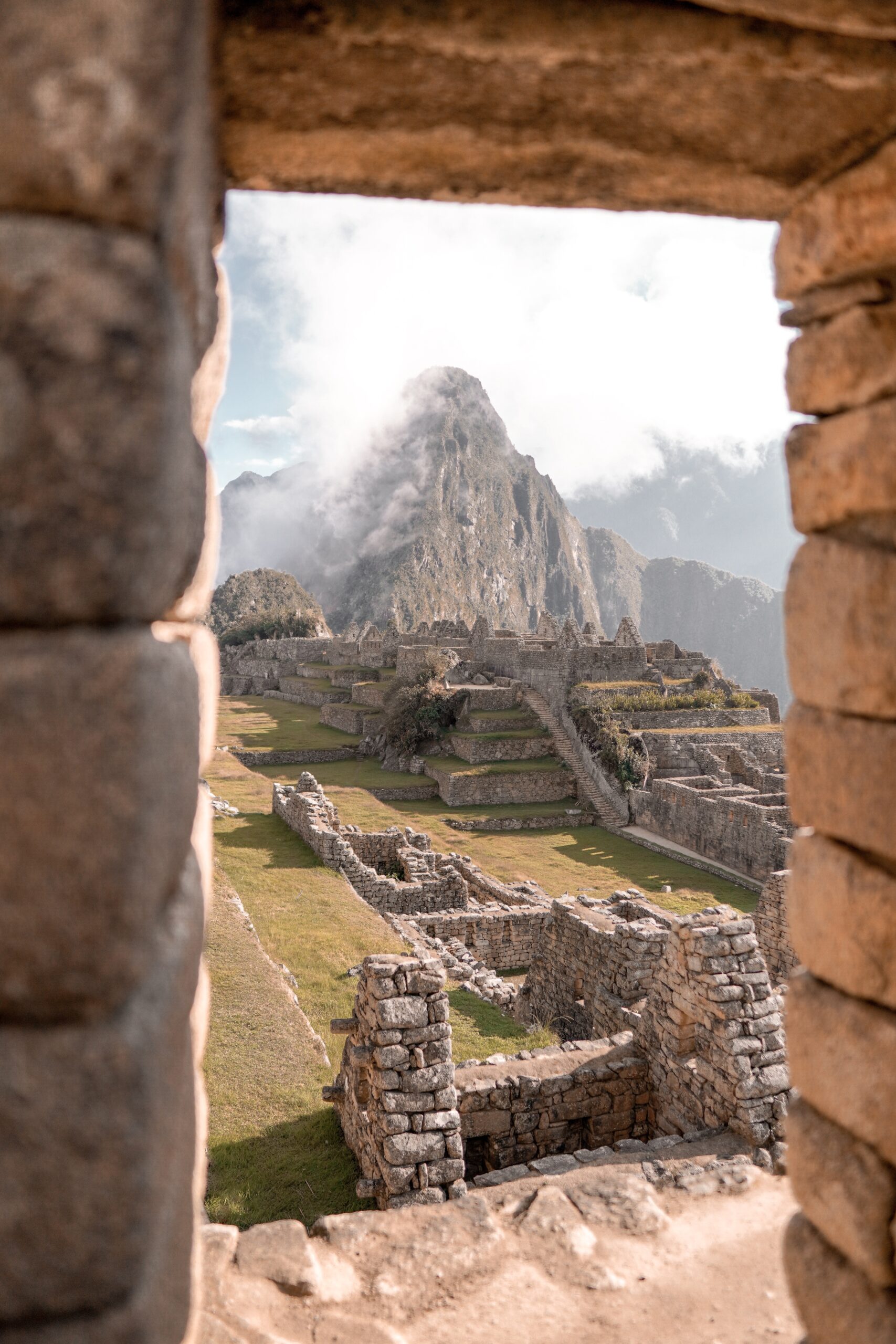
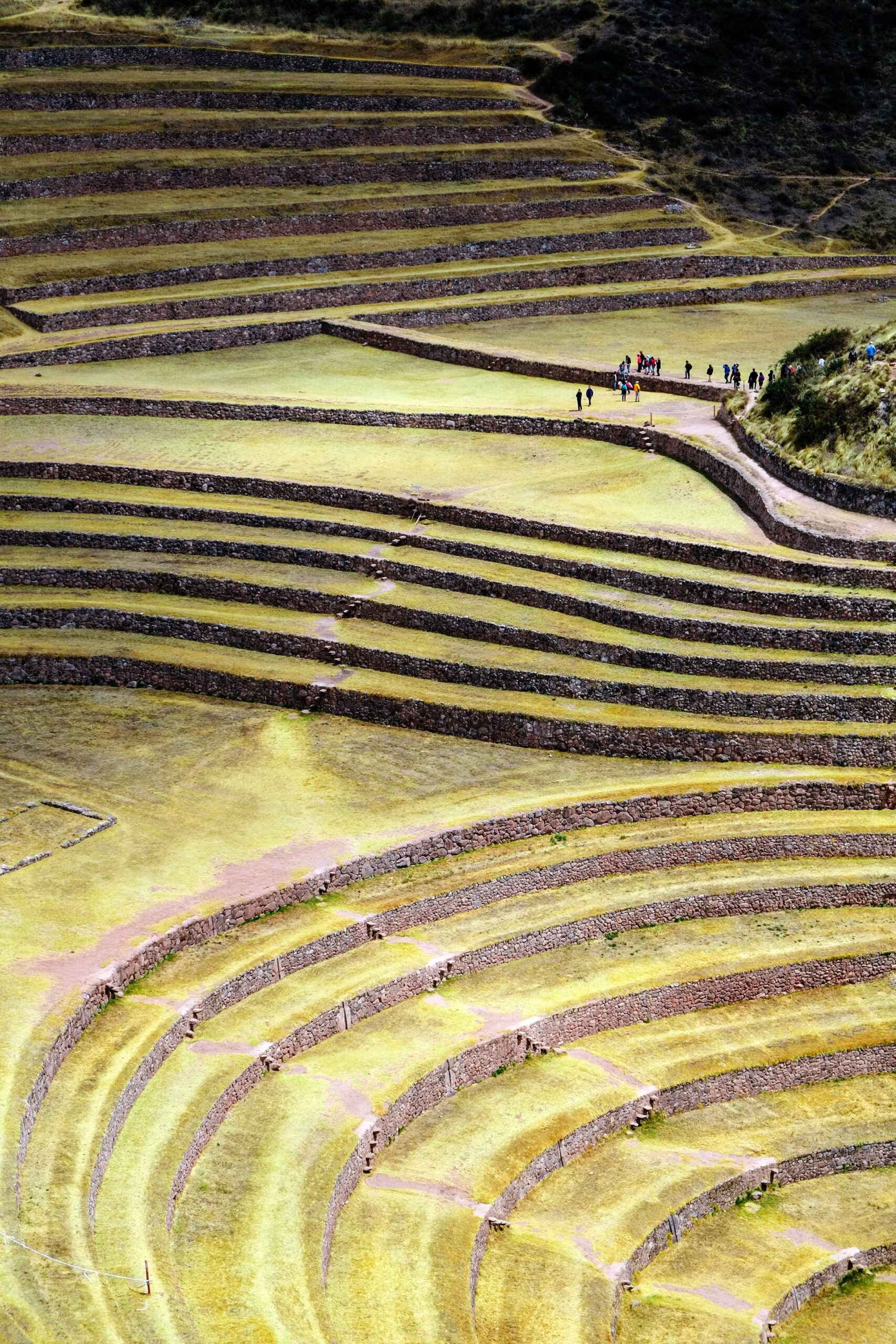
Awamaki was founded in 2009 by Kennedy Leavens and Miguel Galdo, who had previously worked in an organization that supported a cooperative of Quechua women weavers that eventually closed down. But when one door closes, we open a window, so Leavens and Galdo decided to open Awamaki to continue supporting the community. They have created several programs in the past, and their current focus is fair trade artisan cooperatives and sustainable tourism programs, with the goal of empowering the community without compromising their values. “Quechua people and women are using ancestral crafts to navigate the modern economy and make a place for themselves and their culture. We are honored to be part of this with them.”
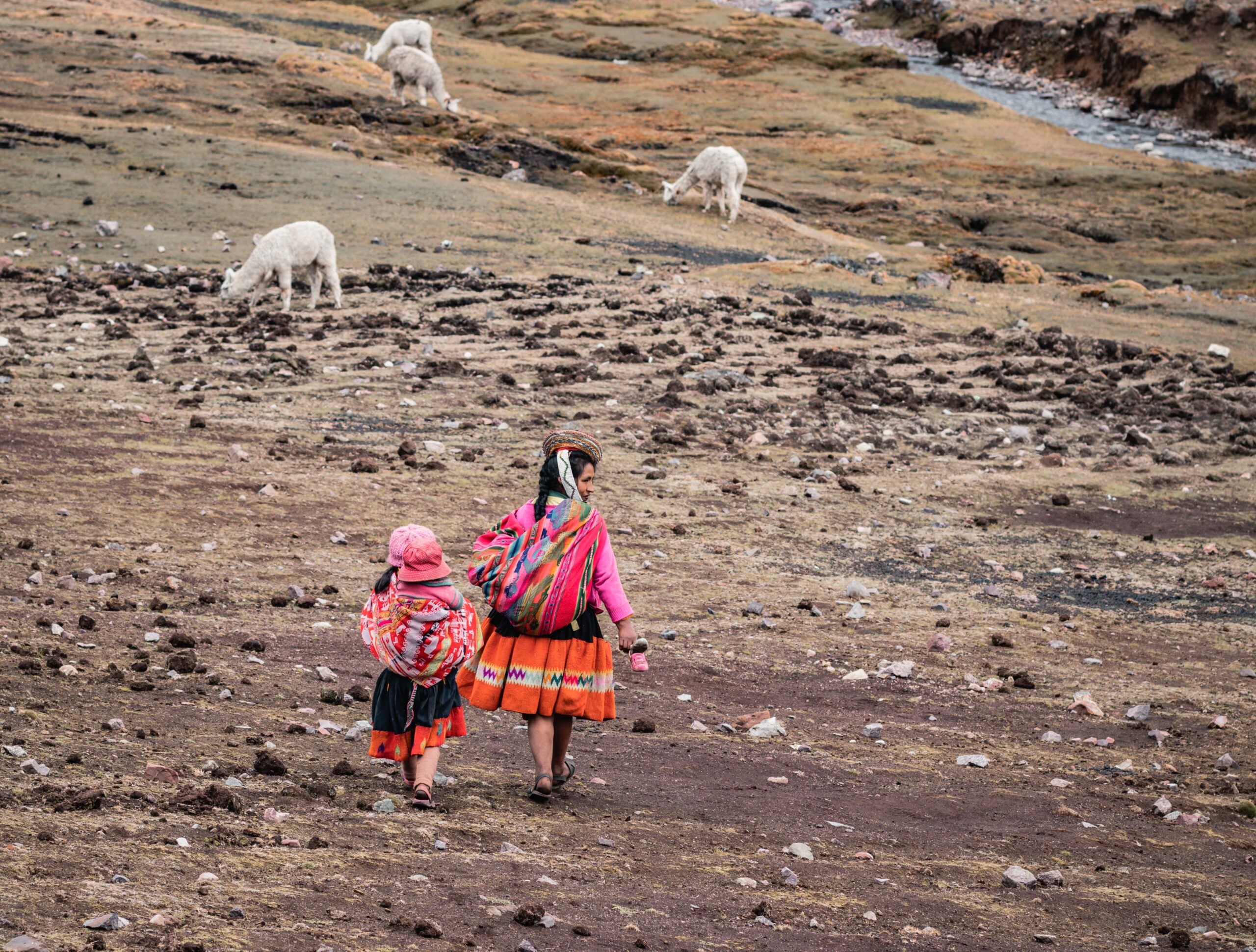
If you want to support this important initiative and be part of the solution, you can donate towards Awamaki’s education and training programs for artisans. https://www.awamaki.org/pages/donate
You can also find beautiful contemporary creations in their online shop: https://www.awamaki.org/collections/shop-all
So if you’re planning on visiting Peru soon, make sure to book a trip with Awamaki, and you too can experience the mystical Sacred Valley like a local.
The Wrap








